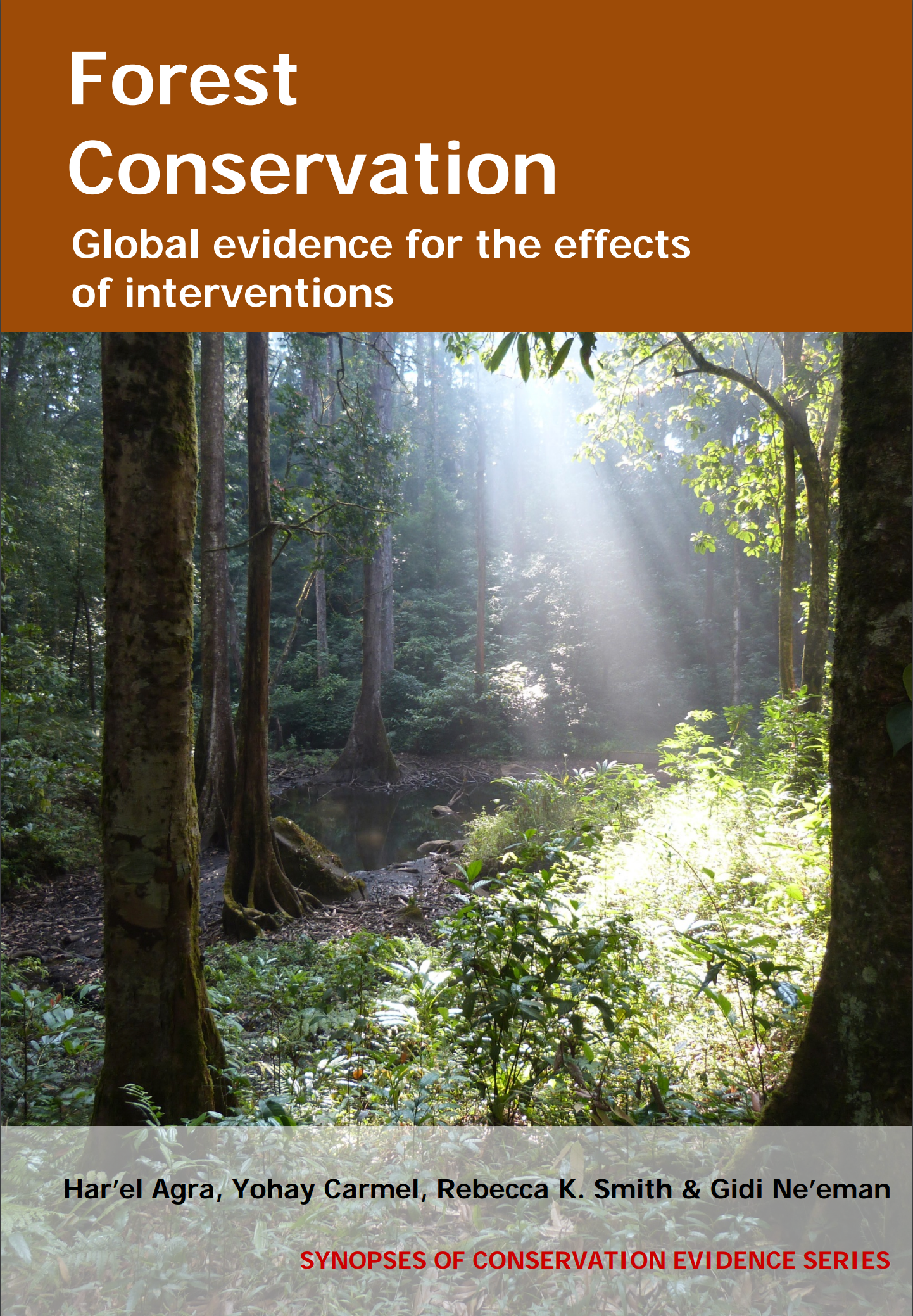Use herbicides to remove invasive plant species
-
Overall effectiveness category Unknown effectiveness (limited evidence)
-
Number of studies: 1
View assessment score
Hide assessment score
How is the evidence assessed?
-
Effectiveness
5% -
Certainty
10% -
Harms
0%
Study locations
Supporting evidence from individual studies
A replicated, randomized, controlled study in 2000-2005 in temperate broadleaf forest in Ohio, USA (Hochstedler et al. 2007) found no effect of control of invasive garlic mustard Alliaria petiolata on native plant species richness and diversity. Species richness was similar between treatments in both old-growth (sprayed: 8.7; unsprayed: 8.0 species/plot) and second-growth forests (sprayed: 10.6; unsprayed: 10.5). The same was true for species diversity (Shannon’s index old-growth: sprayed 1.7, unsprayed 1.4; second-growth: sprayed 2.0, unsprayed 2.0). Data were collected in 2005 in 25 sprayed (garlic mustard individuals sprayed with glyphosate herbicide Roundup© PRO at the start of winter in 2000-2004) and 25 unsprayed plots (1×1 m). Plots were randomly placed in each of 16 ha second-growth and 20 ha old-growth forest sections.
Study and other actions tested
Where has this evidence come from?
List of journals searched by synopsis
All the journals searched for all synopses
This Action forms part of the Action Synopsis:
Forest Conservation
Forest Conservation - Published 2016
Forest synopsis





)_2023.JPG)














